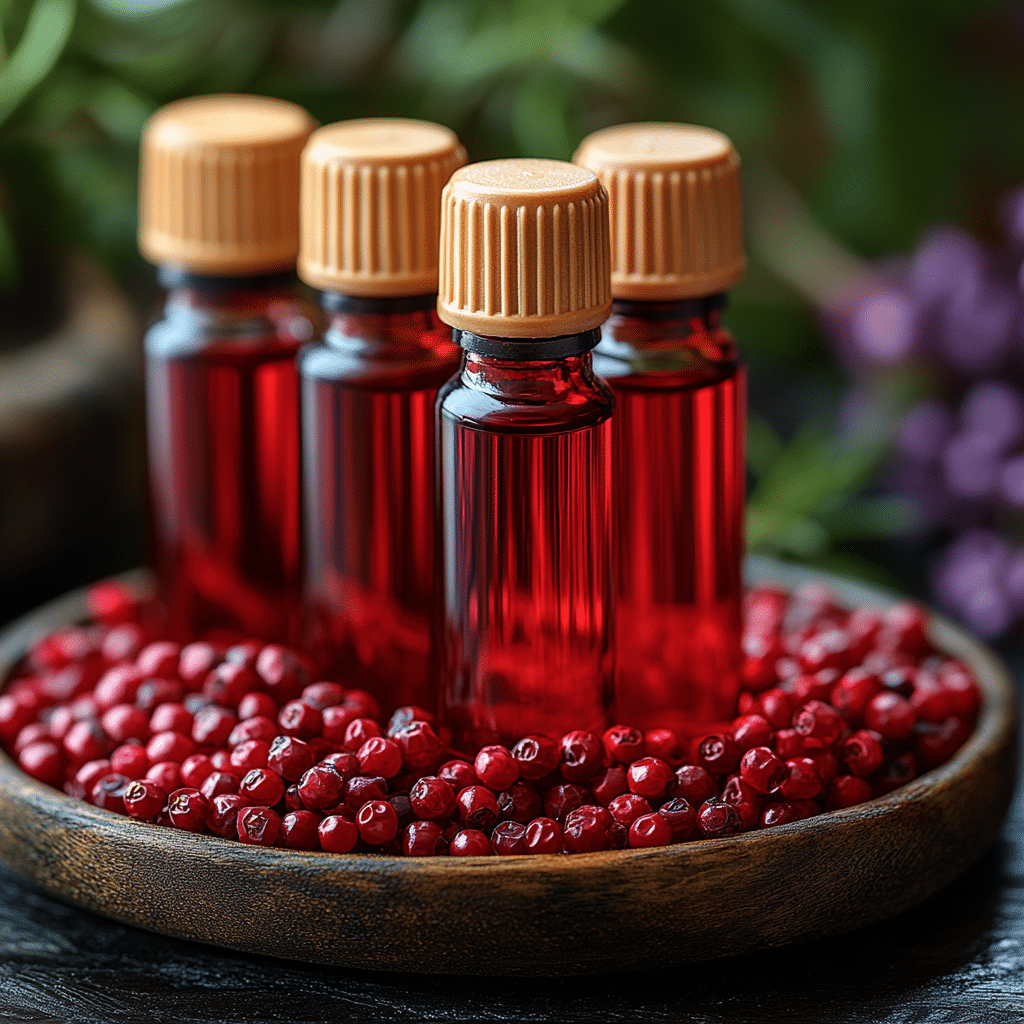Hey there, fitness warriors! If you’re ready to shred fat and sculpt that muscle into a chiseled physique, knowing how much CRP level is dangerous for your health is crucial. C-reactive protein (CRP) is a marker of inflammation produced by the liver, and elevated levels can signal some serious health risks lurking beneath the surface. This isn’t just about numbers! It’s a vital part of maintaining your warrior status while you pump iron and crush your goals. Let’s dive deep into understanding these levels!

Top 5 CRP Levels That Signal Health Risks
A CRP level that crosses the 3 mg/L threshold is like a red alert waving in front of your face. Numerous studies, including findings published in the Journal of the American College of Cardiology, highlight that people in this range might face up to 2.5 times the risk of heart attacks or strokes. That’s not just a statistic; it’s life on the line! If you’re hitting the gym but neglecting these numbers, it’s time to smarten up. Get that heart pumping not just in the gym but with a lifestyle that fights off inflammation.
A CRP level nestled between 1 and 3 mg/L points to moderate inflammation. While it might not scream danger, it whispers about underlying conditions like obesity or metabolic syndrome that could bubble under the surface and lead to serious trouble later on. The American Heart Association recommends staying vigilant and keeping your lifestyle in check, so don’t just chase those six packs—chase down the risk factors too!
If your CRP levels sit below 1 mg/L, that’s typically considered normal and shows your body’s inflammation response is under control. However, don’t let your guard down entirely! If there’s a family history of heart disease kicking around, it’s best to keep tabs on your CRP levels. Monitoring is key because individual risk factors can throw a spanner in the works.
Whoa, hold up! If you see CRP levels shooting beyond 10 mg/L, something’s up. This often indicates a significant acute inflammatory response, possibly due to infections or autoimmune diseases. Think rheumatoid arthritis or lupus—conditions that might have CRP levels soaring sky-high. If you or someone you know is experiencing this, immediate medical attention isn’t just advisable; it’s critical!
After undergoing surgery or facing a traumatic injury, CRP levels can spike substantially as part of your healing process. Fluctuations beyond 10 mg/L are common here, but the good news is they should taper back to normal as you heal. This knowledge is key for post-op care—so keep an eye on those levels while you recover.

Exploring Other Dangerous Health Levels: PSA and A1C
When we talk about how much CRP level is dangerous, it’s worth casting the net wider and paying attention to other critical health indicators like PSA (Prostate-Specific Antigen) and A1C (Hemoglobin A1C). Monitoring these can give you a well-rounded view of your health status.
What is a Dangerous PSA Level?
Men, listen up! A PSA level soaring over 4 ng/mL is a serious signal. It can indicate potential prostate problems, including prostate cancer. The American Urological Association advocates for regular screenings, especially for men aged 55–69. Catching issues early can save lives—remember the fabled wisdom of Arnold: “You can’t climb the ladder of success with your hands in your pockets.”
What is a Dangerous Level of A1C?
Now, let’s sweat the details on A1C. A level topping 6.5% generally indicates diabetes, a category you don’t want to be in. Rising A1C numbers mean your risk for complications—like heart disease and kidney issues—goes up significantly. Recent research shows even numbers between 5.7% to 6.4% suggest prediabetes. This isn’t just about avoiding carbs; it’s about taking your health by the horns!

The Interaction of CRP, PSA, and A1C Levels
All these levels don’t just exist in isolation; they interact like a well-oiled machine. Elevated CRP levels can stem from chronic inflammation, which can also contribute to insulin resistance—guess what, that’s linked with high A1C numbers! For example, in individuals battling cardiovascular worries, high CRP can signify that inflammation is at play, putting you in a vicious cycle of health risks.

Innovative Wrap-Up
In the grand scheme of fitness and health, understanding how much CRP level is dangerous bleeds into so many aspects of your well-being. Knowledge is power, folks! Regularly monitoring your CRP, PSA, and A1C levels doesn’t just help you dodge bullets; it arms you to boost your health and fitness game. And hey, chatting with your healthcare professional about these indicators is essential as you move forward in your quest for greatness—because every warrior must be equipped and informed!
So get out there, watch those numbers, and let them motivate you as you carve out that powerhouse physique! Whether you’re dreaming of that Lake Como italy vacation with the perfect physique or celebrating your next victory at the gym, it’s time to take charge and get shredded! Don’t let health risks edge in on your goals—keep building and smashing it like a true champion!

How Much CRP Level Is Dangerous for Your Health
When diving into the health metrics that matter, one that often pops up is the C-reactive protein (CRP) level. CRP is a substance produced by the liver in response to inflammation. Normally, a CRP level under 3 mg/L is considered acceptable. However, levels exceeding 10 mg/L can indicate serious health issues. So, how much CRP level is dangerous? If you’re clocking in numbers that high, it’s time to pay attention!
The Numbers Game
Okay, so we know that a CRP level over 10 mg/L is a red flag. But did you know that elevated CRP levels have been linked to various health conditions? Chronic inflammation can increase your risk of heart disease, diabetes, and even certain cancers. For instance, if someone struggles with conditions like Pierre Robin syndrome, their body may experience heightened inflammatory responses, further complicating their health scenarios. It’s crucial to monitor your levels, especially if you’re keeping an eye on lifestyle choices like the potential impact of stimulants such as amphetamine Dextroamphetamine.
Fun Facts About CRP and Health
Isn’t it interesting how something as simple as a blood test can reveal so much? The inflammation doesn’t just stop at CRP levels; it plays a role in various bodily functions. For instance, health professionals often gauge inflammation to assess risks during significant events, much like when watching a racing champion like F1 Andretti speed through the track. Just like a well-oiled machine, our bodies need the right levels to function optimally.
So, what can you do if your CRP levels are too high? Complementary lifestyle changes—like incorporating more omega-3 fatty acids or engaging in regular exercise—can help lower these levels naturally. Plus, keeping up with the latest trends—like those at the 80th Golden globe awards Winners—can( also inspire a fun, active lifestyle! Just remember, while living your best life, pay attention to those pesky health metrics; they hold more power over your well-being than you might think!



























